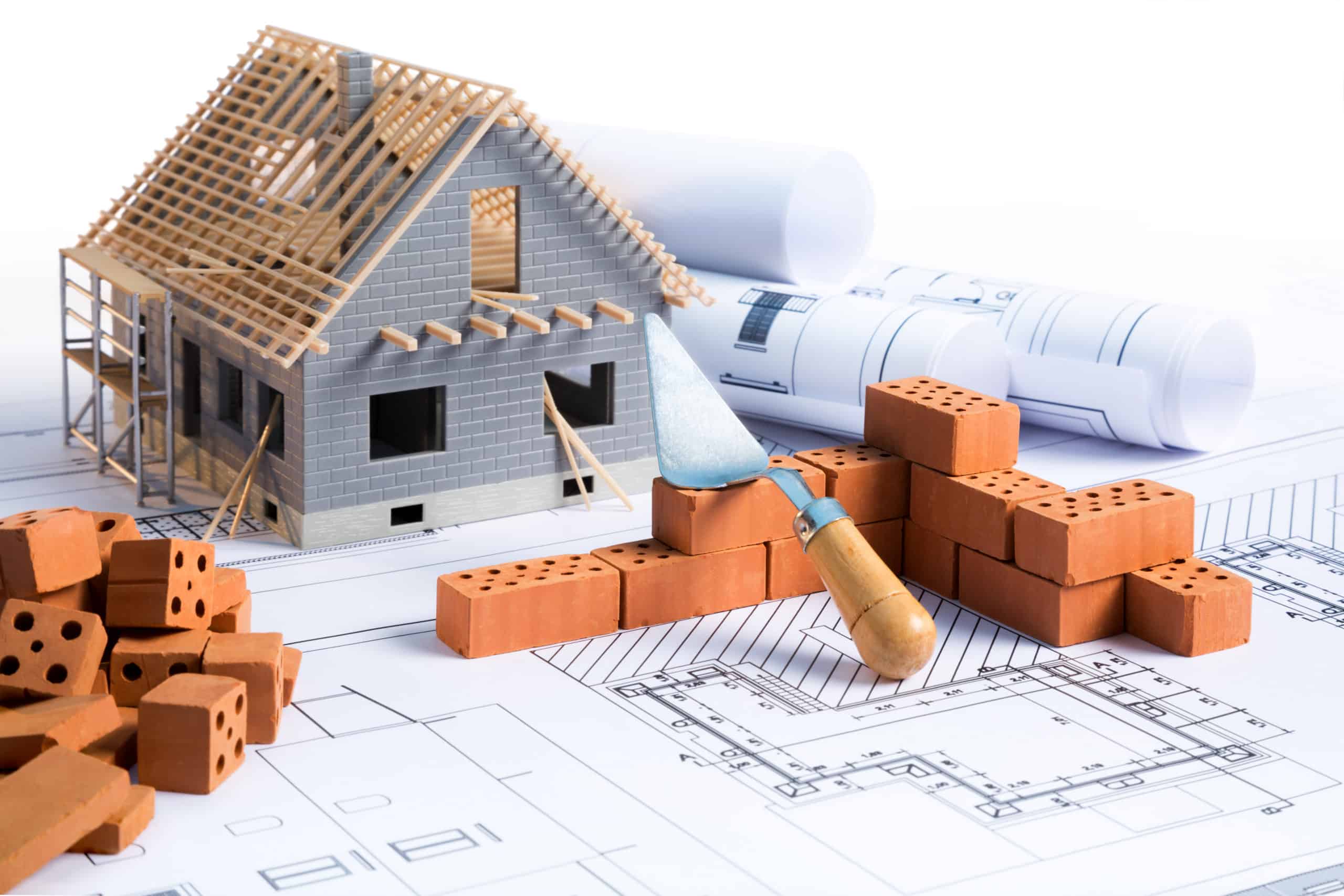
Sommerville said: “This latest data illustrates the level of the price premium consumers often have to swallow when purchasing a new build.
“The wide gap between new build and existing property prices can be partly attributed to the high concentration of new build properties in London and the South East.”
Overall, the average property price in the UK has increased by 8.5% in the year to December 2020 to reach a record high of £252,000, according to the Office for National Statistics’ House Price Index.
Furthermore, Sommerville believes that the high proportion of new builds in the capital highlights the need to distribute and increase the supply of new housing stock more evenly across the UK.
He said: “Doing this will both provide better access to homes outside of London and potentially make homeownership more affordable.
“High new build prices also point to the scale of the challenge facing first time buyers – this group often rely on these properties for their first home.”
Sommerville believes that greater investment in digital and AI tools could help achieve a more equitable distribution of housing stock.
He said: “Improving builders’ access to property information and encouraging greater data consumption will help them identify the risks up front to enable to them make more informed property development decisions.”
Looking to the overall rise in house prices, Nitesh Patel, strategic economist at Yorkshire Building Society, said the increase has been partly stimulated by the stamp duty holiday.
He said: “Whilst some of the rise has been stimulated by the stamp duty holiday bringing forward demand, the pandemic may have also caused housebuyers to reassess their housing preferences.”
Referring to the building society’s own HPI data, Patel noted that the average price of detached properties increased by 10% in the year to December 2020.
He added: “With the end of the stamp duty holiday looming and pent-up demand for moving home tapering off, we’re likely to see activity cool.
“This could be further exacerbated by the furlough scheme ending on 30 April, which could see a rise in unemployment.”
However, Patel noted that internet searches on property portals are still higher than before the pandemic.
He added: “The continued re-evaluation of housing needs could still drive demand at the middle and top end of the market.
“Although things may slow a little, provided that first-time buyers are still supported on to the ladder, we would expect to see reasonable levels of activity this year.”



